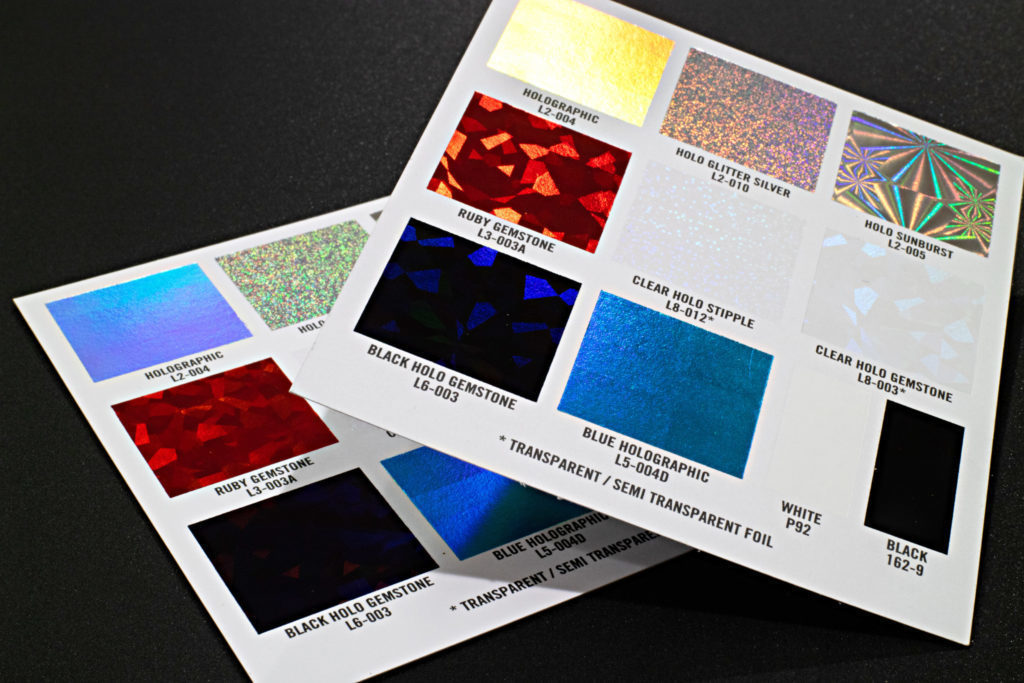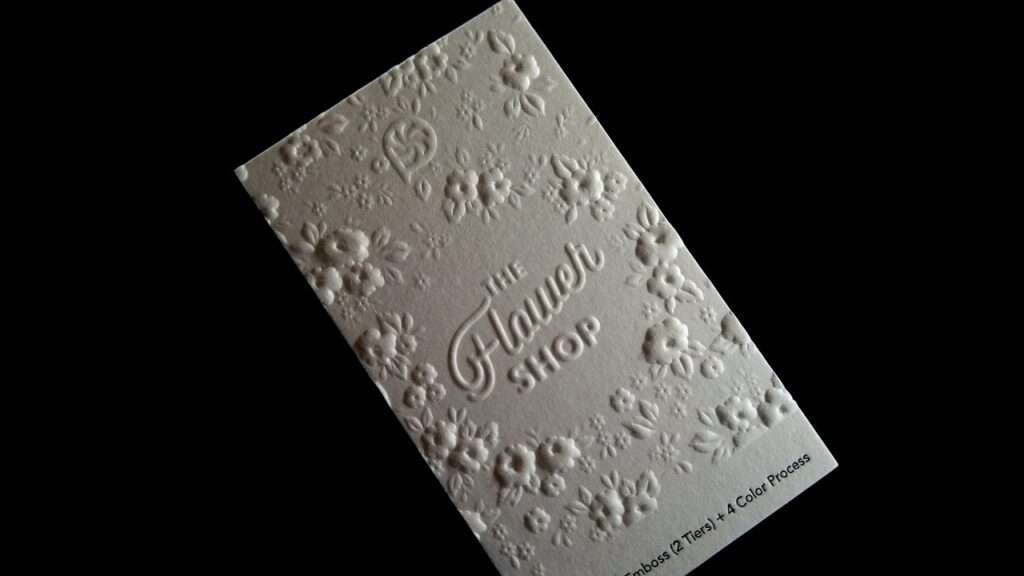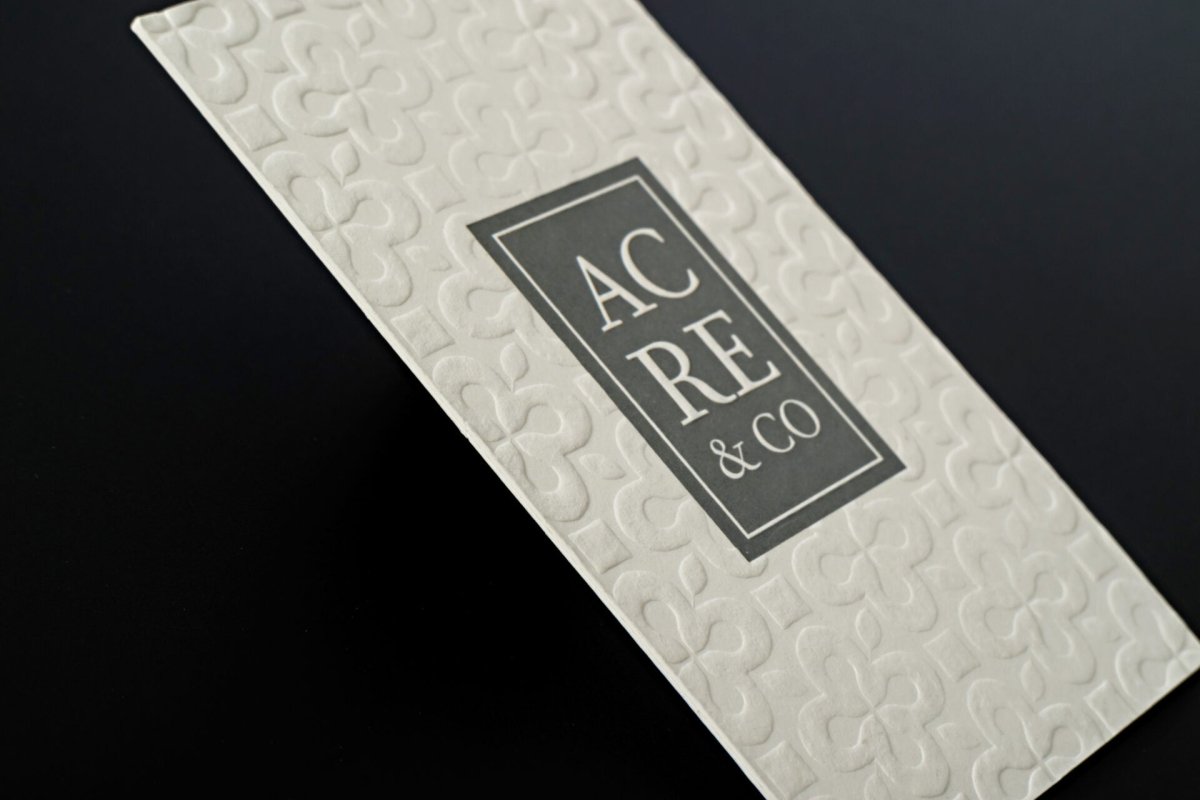No matter what your elementary school art teacher may have told you, not everyone is created with equal artistic talent. That's why, when it comes to making their own business bard, many people experience a bit of healthy panic.
For some people, coloring inside the lines is a challenge enough, let alone designing something that represents your personal brand! For others, it's just a matter of getting over the learning curve and trying something new.
No matter what obstacle is keeping you from making your own business card, the good news is that it's probably pretty easy to overcome with a little help from the internet. Keep reading to learn how to conquer your fear of graphic design if one of these five common concerns is holding you back from creating the perfect business card.
What if I can't afford fancy software like Photoshop?
Ten years ago, this would've been a pretty valid concern. But today, there are so many cheap (and even free!) online tools that can make designing a business card a piece of cake. All you need is some WiFi and an email address to access any of these super helpful tools:
-
Canva lets you drag-and-drop elements to create your own business cards, flyers, logos--really anything. You could even design a logo in Canva and put it into your business card design. The possibilities are endless here, and there are plenty of pre-made templates.
- Adobe Spark offers a free online service called Spark Post where you can pick a pre-existing template then switch up the colors, pictures, and fonts to make it your own.
-
Shopify offers the ultimate lazy way out; all you need to do is enter your name, contact info, profession, and logo. Then you press a button and voila! Out pops a relevant, sleek business card. You'll need a logo for this one, though, so you might want to join forces with Canva.
Where can I find good business card templates?
If these free online software packages are still a bit too complicated (which is completely normal), you might want to choose a template and start from there instead. Again, there are many places where you can find business card templates.
If you want something easy to access, try using Microsoft Word. When you open up a new document, you have the option to choose a template. Do a quick search for "business card" and choose the one that best fits you. If you have a Mac, Pages has a similar feature but the designs are different.
You can also try downloading free templates on the Web. Be careful with this one, though, since some online downloads are scams that put viruses on your computer.
These templates from the sewing company Brother are a safe choice with tons of options.
How much info should I even put on my card?
The answer to this question depends on your industry. From an aesthetics and design perspective, you don't want to make your card look stuffy and overcrowded. But at the same time, you want clients to be able to successfully contact you!
A good rule of thumb is to choose three methods of contact. Most commonly, this would be a cell phone, email, and office phone. Other professions might include a fax, home phone, or social media handles.
Of course, you'll also want to include your name, company, and job title. Just make sure you keep your job title to a reasonable length--no need to include the most extended, wordy version. Common abbreviations like CFO, CPA, and PE are all perfectly acceptable.
How do I know which colors go well together?
Getting colors to look good together is one of the hardest parts of making your business card, especially since even the simplest template sites make you choose your own color scheme. There are two ways to tackle this issue--pick the one that's best for your needs.
On the one hand, you can take five minutes and educate yourself about Color Theory by watching
this video. This might sound scary, but it's actually pretty simple and straightforward to learn.
With this method, you'll get a quick overview of which colors look good together. It's sort of like the "teach a man to fish" approach to graphic design.
On the other hand, you could also consider choosing a pre-existing color scheme online. On a computer, colors are written in this special language called hexadecimal, and if you find the hexadecimal numbers of the colors you want, you can replicate them on any design platform.
To get good groups of colors, you can do a quick
Pinterest search for "color schemes" and scroll through until you find one you like. Then jot down the hexadecimal numbers (which should be provided in the post) and plug those into your color picker on Canva or whatever design service you choose.
Where do I get cool icons or pictures?
You probably won't want to include full-on pictures in your card. It's a business card, not a Christmas card, after all. But if you do want to include something relevant to the industry, like a tree if you're a landscaper, you can grab some good pictures from a stock photo site.
A few high-quality, free, and legal stock photo sites include
Unsplash, Pexels and
PikWizard. Make sure that whatever site you choose has images under a Creative Commons license. That way, you can use them without getting into any intellectual property trouble.
Icons, on the other hand, are much easier to find and should definitely be part of your business design. If you're feeling adventurous, you can make your own icons using the built-in shapes on Word, Publisher, or Pages. If not, most of the sites mentioned so far, like Canva, include huge stockpiles of icons that you can use.
To sum it all up, use the Internet to do the heavy lifting for you! From online design sites to color scheme pickers, an internet connection gives you all the tools you need to create a successful business card. Then when it's time to design, the world wide web is a hero once again with gorgeous templates from top fashion and design brands.
Don't let your fear of the unknown or lack of experience keep you from creating the perfect business card. Get out there and make something you're proud of!



